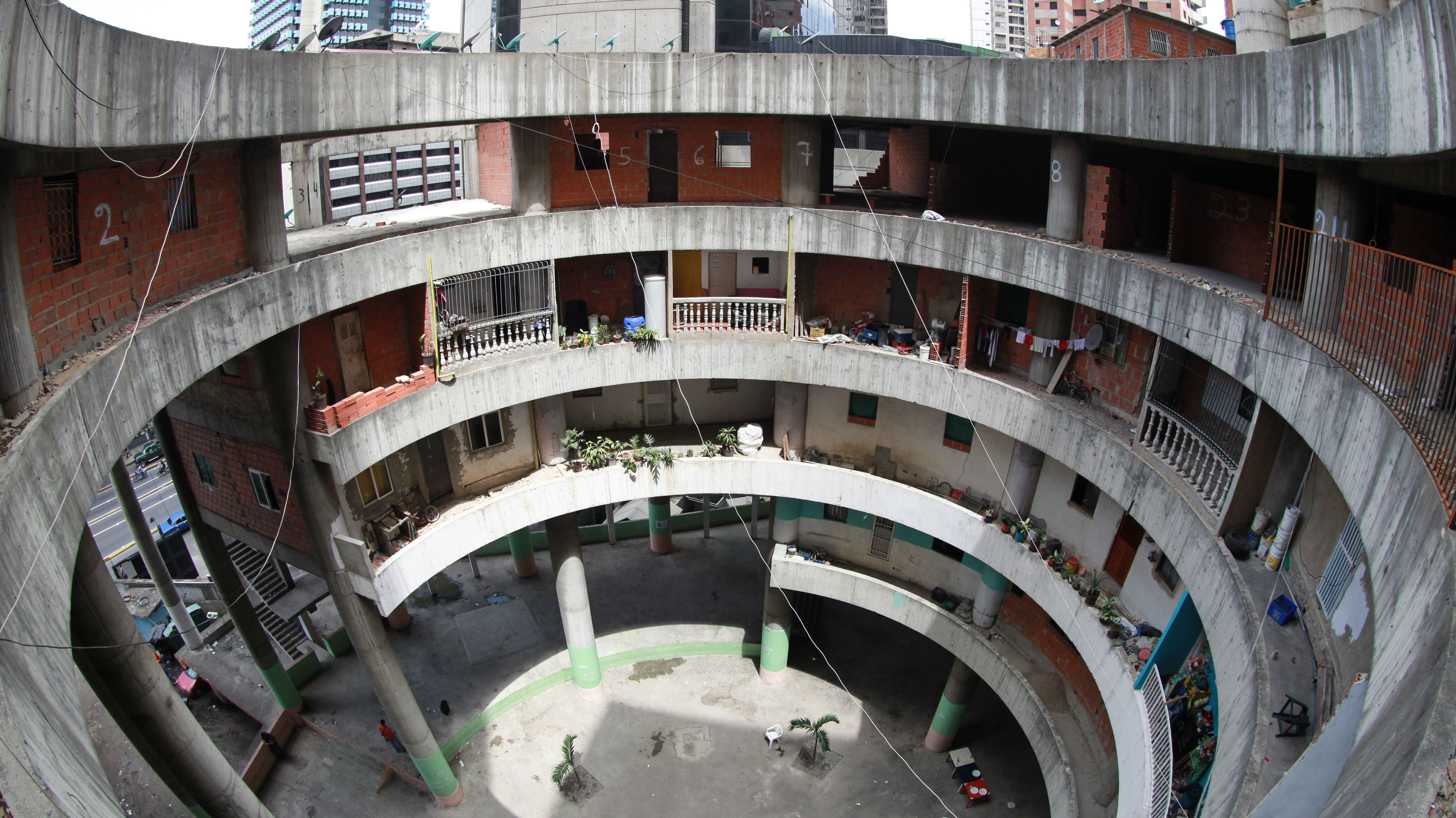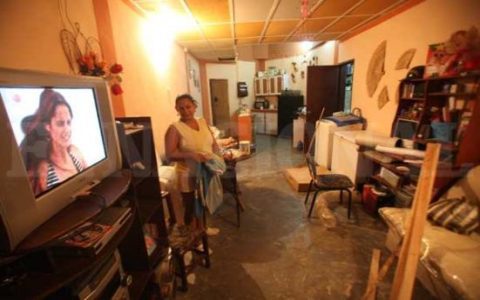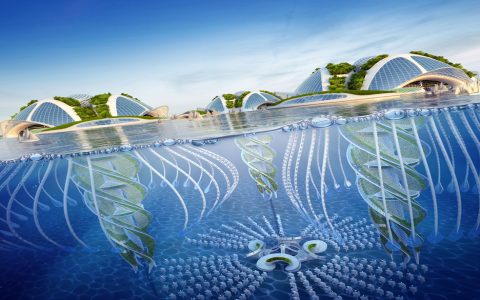Torre David, a 45-story skyscraper in Caracas, Venezuela, remained an incomplete concrete shell after construction halted in 1994. Following a massive earthquake in the Vargas state in 1999, displacing thousands, families began occupying the building around 2007, transforming it into an extraordinary vertical community housing over 3,000 people at its peak.
A City Within a Tower
Residents describe the building as a micro-city lacking formal governance but functioning through communal organization. Early settlers often had construction skills, enabling ad hoc infrastructure development:
- Essential Services: Residents pooled resources to manually install water lines vertically, using gravity to distribute water floor-by-floor. Makeshift electricity grids tapped into nearby lines. Small hydroelectric generators were sometimes used higher up.
- Vertical Economy: Small businesses thrived: barber shops, bakeries, grocery stores (bodegas), repair workshops, and even doctors' offices emerged spontaneously across different floors.
- Adapted Living: Families constructed homes within the bare concrete structure using bricks, wood, and metal sheets. Open elevator shafts became ventilation and social spaces; absent windows exposed residents to harsh elements.
Resident Narratives: Resilience & Challenge
Resident accounts reveal a complex reality:

Community & Resourcefulness: "We built everything ourselves," recounts an early inhabitant. "Water pipes, stairs... it wasn't safe, but it was ours. We knew everyone, we looked out for each other's children." This strong social fabric was essential for survival and trade. Residents developed intricate systems for sharing water during shortages and resolving minor disputes internally.
Daily Hardships: Life involved constant struggle. Haunting water drums many flights up narrow, unsafe stairwells (elevators were non-operational) was grueling daily labor. Disease spread easily due to poor sanitation. "The wind... it could be brutal up high," notes a mother. Safety was paramount: structural integrity was uncertain, accidents were common, and crime escalated in later years.
Exclusion & Stigma: Occupants often felt abandoned and stigmatized by the city outside. "They saw us as criminals, squatters," shares one resident. Accessing external jobs or services was difficult. While fostering strong internal bonds, life inside remained precarious and isolated from mainstream society.
An Uncertain Future
Despite its vibrant internal life, Torre David lacked fundamental urban services and structural safety. Starting in 2014, government-led resettlement programs relocated residents to planned housing projects. By 2015, most had moved. While the building stands semi-occupied and debated, resident tales remain a powerful testament to extreme urban adaptation, communal ingenuity amid profound neglect, and the human drive to create a home in the most unlikely places.







